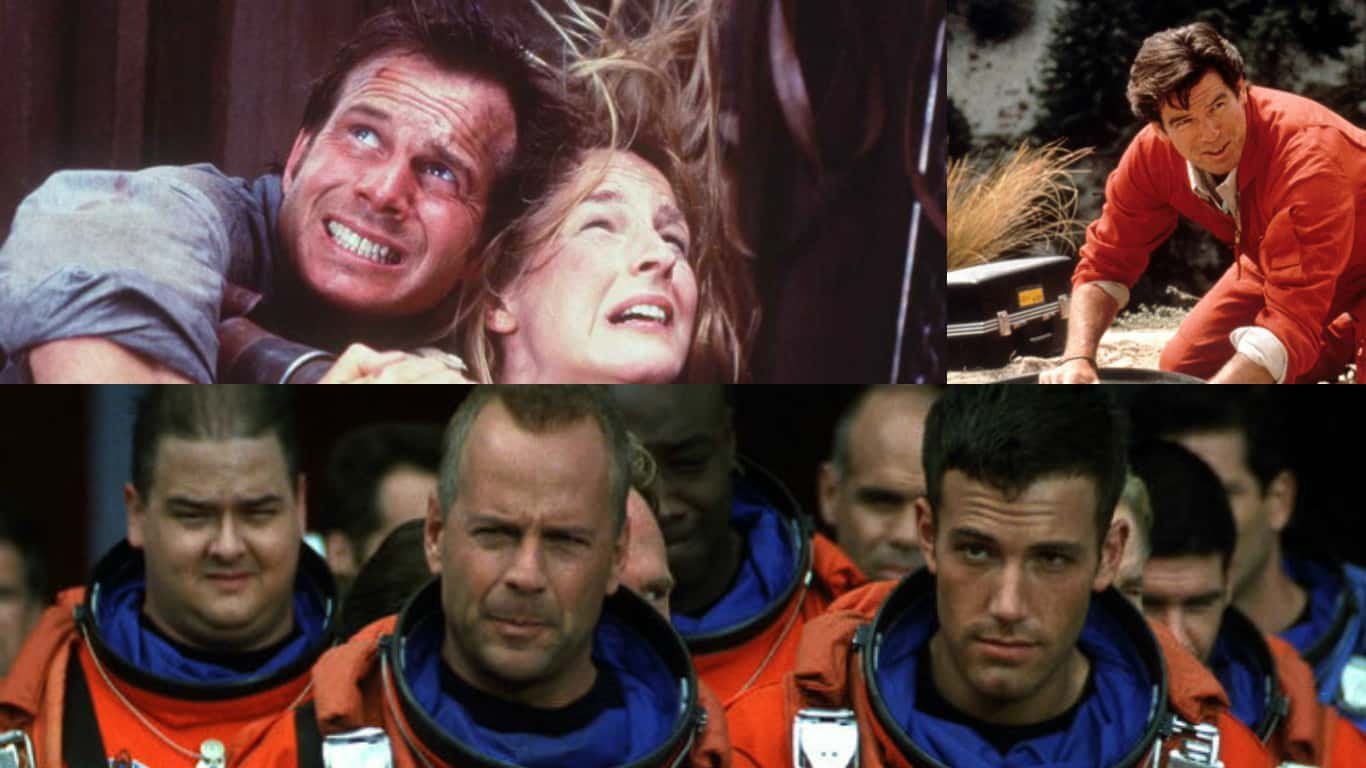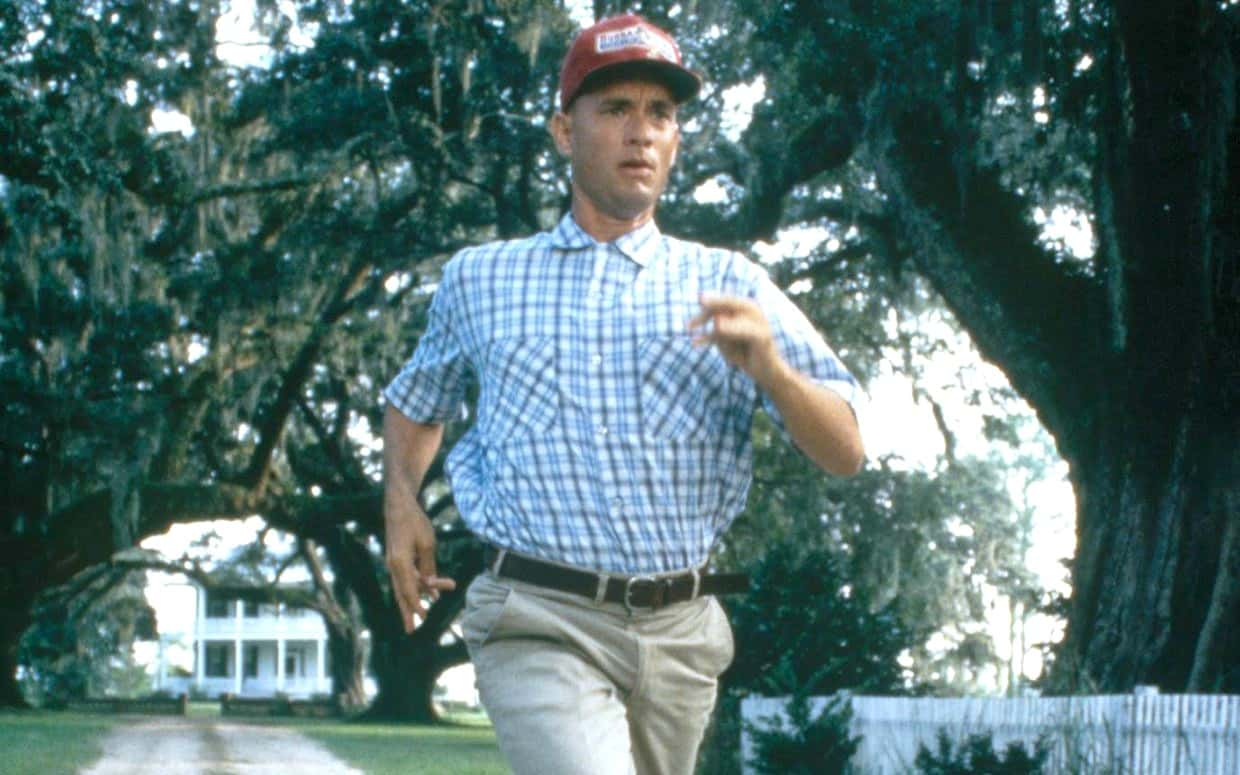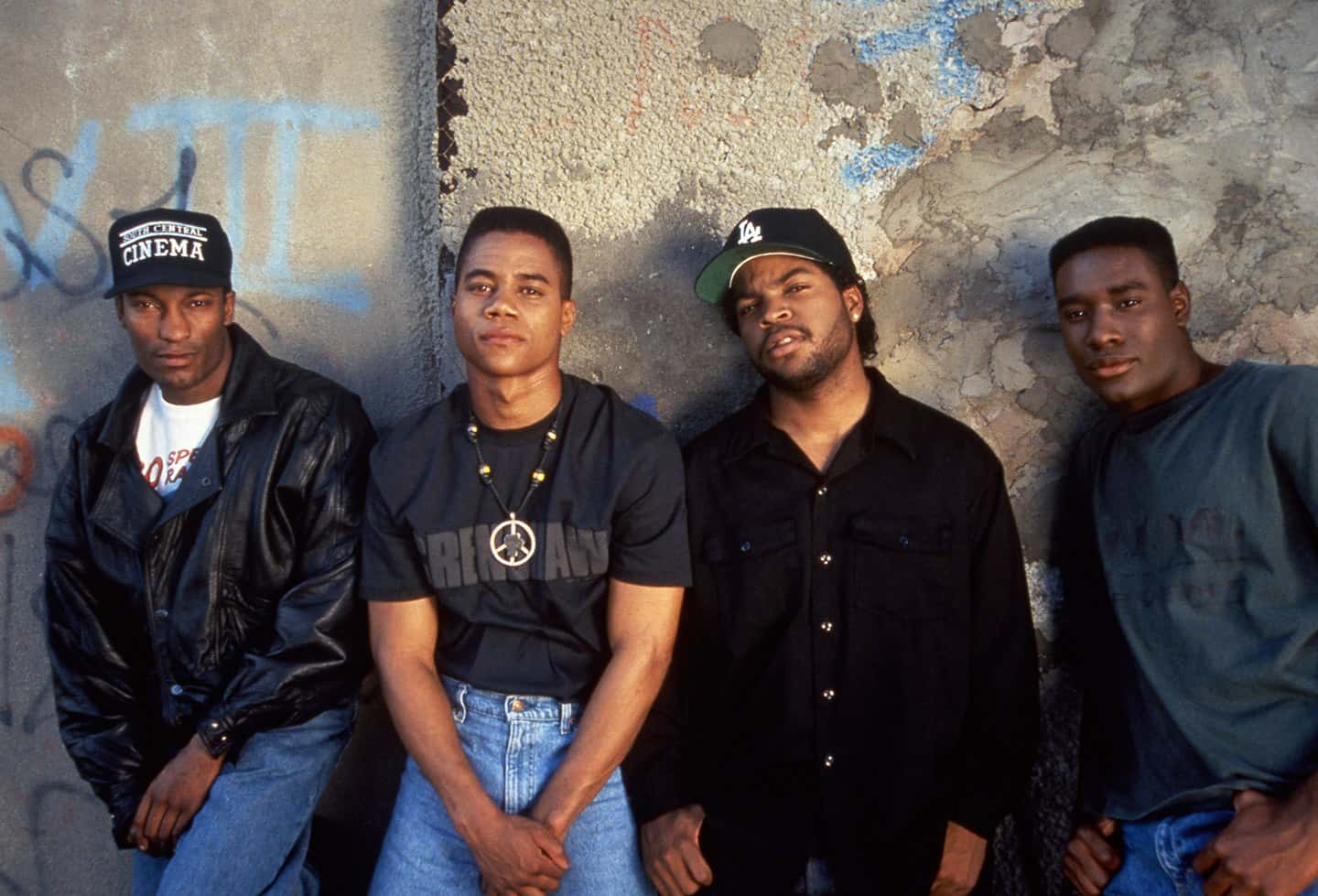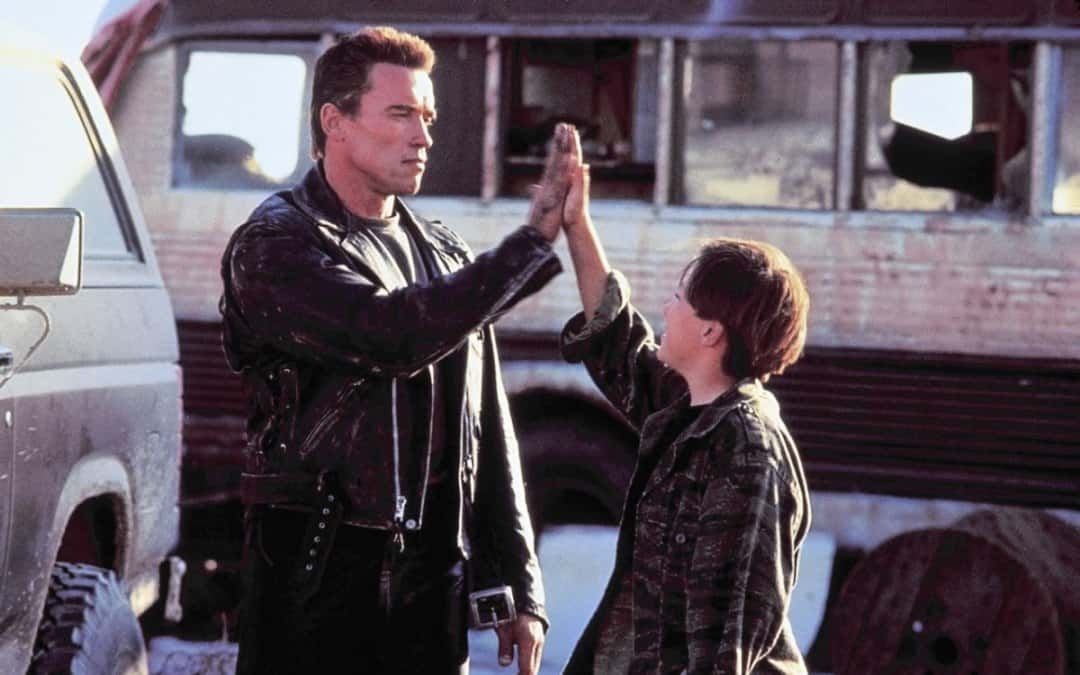"You have forgotten who you are and so have forgotten me. Look inside yourself, Simba. You are more than what you have become."—Mufasa, The Lion King
It’s safe to say that the 1990s was a great decade for moviemaking. Just like with the 50s and 70s, a group of influential indie filmmakers came along and provided films which not only became deeply influential, but which also doubled and tripled their box office return. Meanwhile, established names from the 70s and 80s continued their careers with gusto, and the major film studios released a string of classics which are beloved to this day. All in all, the 90s provided some of the best films that the 20th century ever produced, so how did that happen? What was the process like for these films to get made? Did anything interesting happen along the way? Read on for 43 facts about the best movies of the 1990s.
Films Of The 1990s Facts
43. Let the Good Times Roll
As many will remember, the 90s was the time of the Disney Renaissance. While this movement technically started back in the late 80s, the majority of the films released during the Disney Renaissance came out after 1990, ending (arguably) with Tarzan in 1999. It was the decade which brought us classics such as The Lion King, Beauty and the Beast, Mulan, and Aladdin. The films did so well that Disney is currently giving practically all of them live-action (see: CGI) remakes.
42. We Were Already Running Out of Ideas…
Two separate Oscar-winning films released in the 1990s featured or referenced Jewish gangsters "Bugsy" Siegel and Mickey Cohen. Bugsy is a biopic about Siegel starring Warren Beatty as Siegel and Harvey Keitel as Mickey Cohen, while L.A. Confidential is a fictional story set in the aftermath of Siegel and Cohen’s downfalls.

41. The Age of Blockbuster
One reason why the independent film market grew to be so profitable during the 1990s was the expansion of the home-video market. Movies could double their revenue thanks to rentals or VHS/DVD purchases. Of course, this changed a lot in the 2000s, but while things were going well, indie filmmakers came in and built their careers on tiny budgeted movies which found cult audiences.
40. Praise DVDs
A famous example of the home-video market’s potential is Troy Duffy’s The Boondock Saints, an indie film about two twin brothers who become vigilantes to deliver justice to criminals in Boston. Despite receiving very poor critical reviews, getting no distribution due to the fact that the Columbine High School massacre happened that same year, and Troy Duffy’s abrasive attitude nearly destroying his career during the film’s production, the film was a smash hit, making $50 million in the home-video market!
39. Failing Upward
If that wasn’t enough for 1999, it also saw another huge hit indie film which breathed life into an entire genre of storytelling. The Blair Witch Project has gone down in history as the “found footage” film to end all others. Despite its huge success, though, it was a miracle that the film got made at all! Eduardo Sanchez and Daniel Myrick, two struggling wannabe filmmakers, wracked up tens of thousands of dollars of credit card debt to produce their low-budget story involving three people wandering in the woods looking for a supernatural entity. The actors that they hired for the film, including one recovering heroin addict, quickly became lost, ran out of food, accidentally destroyed a $10,000 camera, and allegedly filmed ten hours of arguments amongst themselves. Amazingly, Myrick and Sanchez managed to edit the footage down to 90 minutes, and the film was picked up for $1.1 million. The Blair Witch Project went on to make nearly $250 million, inspiring such films as the Paranormal Activity movies and The Visit.
38. New Hit, Old Prejudices
One of the biggest box office films of the 1990s was the erotic thriller Basic Instinct, directed by Paul Verhoeven. The film was controversial for its graphic sexual content (Verhoeven had to make several edits to avoid getting the film an NC-17 rating), but it was also furiously picketed and protested by LGBTQ groups at the time, due to the fact that it followed a common and damaging movie trope where an LGBTQ character is portrayed as a murderous psychopath.
37. So What’s Wrong This Time?
Speaking of Basic Instinct, director Paul Verhoeven spent the 1990s courting the NC-17 rating, whether it was for Basic Instinct or Showgirls. However, sexuality and nudity aside, Verhoeven also proved that he could out-violence Hollywood as well! His 1990 film Total Recall had to be recut to avoid the NC-17 for its excessive violence. We can imagine that Verhoeven got to know the censors on a first-name basis over the course of the decade.
36. Hey Nonny Nonny!
The early 1990s were a wonderful time to be Kenneth Branagh. The British thespian had made his name with the Oscar-nominated Henry V in 1989, and he followed up his interest in Shakespeare with an adaptation of the Bard’s play Much Ado About Nothing in 1993. Despite receiving flak for casting Keanu Reeves as the villain, the movie was critically acclaimed and remains one of the highest-grossing Shakespearean adaptations ever made. We’re assuming that Branagh and his castmates spent a day cheering and dancing in slo-mo when they got news of the box office returns.
35. To Be or Not to Be
Branagh returned to adapting the Bard’s plays with Hamlet in 1996. Unlike almost every other adaptation of the play, Branagh’s Hamlet included every line from Shakespeare's original text, making for a movie that spanned over four hours! With the help of an internationally acclaimed cast (including Kate Winslet, Charlton Heston, and Robin Williams) and a flair for dramatic direction, Branagh’s version of Hamlet is one of the most highly acclaimed film versions of Shakespeare’s work (though it was sadly a box office failure). It was also one of the last films to be released in 65/70mm film format. This wouldn’t happen again until Paul Thomas Anderson released The Master 16 years later.

History's most fascinating stories and darkest secrets, delivered to your inbox daily.
34. Shedding Light on the Darkest of Subjects
While it’s become expected to have a WWII/Holocaust film released almost every year, the trend really began with Steven Spielberg’s Schindler’s List, and it was not an easy pitch at all. Nobody was confident that the film would draw audiences due to its utterly depressing subject matter, and due to the fact that previous attempts to make movies about the Holocaust had never been very successful with general audiences. An executive even suggested that Spielberg just donate millions of dollars to the Holocaust Memorial Museum instead of spending it on a film about the event. Spielberg proved everybody wrong, however, when the film made about $300 million more than its budget and won him his first Best Director Oscar. He also made a personal profit of about $53 million, but he refused to take a penny of it, considering it blood money. He used the money to set up the Righteous Persons Foundation instead.
 Pinterest
Pinterest
33. Ace & Hannibal
According to Jim Carrey, he once invited renowned British thespian Anthony Hopkins to dinner. As odd as that is, what happened next was even odder; the two men began to reminisce on their two most famous characters and discovered that they’d both taken on a similar acting method towards them. Carrey had looked to birds to portray Ace Ventura’s movements, while Hopkins had based Hannibal Lector’s movements on reptiles. As Carrey later reflected, Hopkins slowly morphed into character at the dinner table, which makes us hope that he in turn began acting like Ace Ventura and give us that crossover we didn’t realize we wanted!
32. Nope, We’ll Pass
It’s astonishing to think about it in hindsight, but Toy Story wasn’t thought of as a guaranteed hit. An original idea for the movie was to feature a Barbie doll as Woody’s love interest rather than Bo Peep. At the end of the film, when Woody and Buzz are chasing after the moving truck while being chased by Sid’s dog, Barbie would drive out of the truck in her Corvette and save them both. However, Mattel wouldn’t give Pixar permission to use the doll in the movie—they didn’t want the movie to give Barbie a fixed personality, so that kids would be free to project their own fantasies on their own Barbies. They also didn’t have any faith in the film being a success. By the time the film had become huge and Toy Story 2 came around, though, Mattel reversed their stance, and both Barbie and Ken made appearances.
31. Thanks, Richard!
In 1990, Richard Linklater released Slacker, a $22,000 comedy-drama film which followed a bunch of misfits over the course of one day. The film was a sleeper hit, making over $1 million at the box office, and was nominated for the 1991 Grand Jury Prize at the Sundance Film Festival. While you could say that this was a decent result for a no-name filmmaker’s debut, it ended up being incredibly influential. This film, along with Tarantino’s Reservoir Dogs, was seen to have inspired countless indie filmmakers to make movies that didn’t have to cost millions or feature big names to become successful. For this reason, Slacker was eventually selected for preservation in the United States National Film Registry for being "culturally, historically, or aesthetically significant".
 Pinterest
Pinterest
30. The Director in Debt
As you can imagine, one of the people inspired by Slacker was none other than Kevin Smith. Smith was working in a convenience store when he began working on a film based entirely around people like him. Maxing out credit cards and selling his comic book collection, Smith raised more than $27,000 for the budget and cast his friends and family to fill out the cast. Clerks ended up winning the Filmmakers Trophy at the Sundance Film Festival in 1994.
29. The Start of a Beautiful Franchise
Interestingly, despite having no nudity or violence, Clerks was given an NC-17 rating for the graphic sexual content discussed between the characters. Smith and the studio who had picked up Clerks made a strong appeal, eventually arguing their way down to an R rating. The film was screened in a 50-theatre release, earning more than $3 million and becoming a cult classic, launching Smith’s View Askewniverse franchise, which came to include Mallrats, Chasing Amy, Dogma, Jay & Silent Bob Strike Back, and Clerks II.
28. He Did What?
In 1999, M. Night Shyamalan released The Sixth Sense, the supernatural horror film where a young Haley Joel Osment can see dead people. It caught audiences by storm, launched Shyamalan as a big-time filmmaker, and introduced the world to the twist endings to which Shyamalan would constantly return in his career (with diminishing returns, some might argue). However, despite this distinctive style introduced with The Sixth Sense, Shyamalan also leant his screenwriting credits to two other films that year: the teen rom-com She’s All That (for which he went uncredited) and the family film about mouse adoption called Stuart Little! The fact that he worked on those two films is, for us, arguably a bigger twist than half the ones he put into his movies!
27. I’ll Take an IOU
It’s safe to say that Forrest Gump is one of the highlights of Tom Hanks’ career, winning him an Oscar and making nearly $680 million at the box office, making it one of the highest grossing films of the 1990s. So you might be surprised that Hanks didn’t take any money upfront for being in the movie! He was so confident in the film (he signed on after reading the script for an hour and a half) that he was paid in percentage points of the film’s gross. His gamble paid off, as he earned $40 million for his troubles.
26. Him Against the World, Indeed
Menace II Society, about a group of black youths growing up in the Watts projects in California, instantly made the Hughes brothers famous as it became a critical and financial triumph. It also launched the acting careers of their young talent, such as Larenz Tate and Jada Pinkett. However, the cast almost included a legend from within the world of rap music; Tupac Shakur was initially cast to play the role of Sharif in the film, but after he disagreed with the direction that the story took, and after he caused trouble on the film set, the Hughes brothers fired him. Six months later, Shakur assaulted one of the brothers, leading to him being found guilty of assault and battery.
 YENİ MOBİ
YENİ MOBİ
25. Early Bird
For his film Boyz n the Hood, a gritty look at the black street culture of California, John Singleton broke two impressive records. First, the movie was the most financially successful film of 1991 based on investment (it earned more than $56 million on a $6.5 million budget). Secondly, Singleton received a Best Director nomination from the Oscars. Not only was it impressive for his directorial debut, but Singleton was only 24 years old at the time! To this day, he remains the youngest Best Director nominee in the history of the Academy Awards.
24. Six Degrees of Clint Eastwood
The Shawshank Redemption, starring Tim Robbins and Morgan Freeman as two prisoners who become friends while serving their life sentences, was one of the most acclaimed films of the 1990s. Interestingly, both Robbins and Freeman would go on to win Oscars for Best Supporting Actor in films directed by Clint Eastwood. Robbins won for his role in Mystic River, and Freeman won for his role for Million Dollar Baby.
23. Retroactive Success
In 1999, two films were made which take place around the launching of Sputnik, the first man-made satellite to be successfully launched into space. These two films were October Sky (based on a true story of several youths who began launching rockets of their own) and The Iron Giant (which follows a young boy encountering an extraterrestrial in the form of, well, an iron giant). While neither film was a box office success, they were both widely praised, and remain beloved to this day.

22. This Kids Movie is for Adults Only
Jumanji was one of the top grossing movies of 1995, starring Robin Williams in a wild adventure centered around a board game that brings the jungle to life. Despite its triumph at the box office, it received significant criticism for being too scary for a children's movie (I still have nightmares about Van Pelt). In an ironic twist, despite being the star of the film, Robin Williams wouldn’t let his own kids watch it at the time of its release.
21. Shut Up and Take My Money
One bizarre trend in the 1990s was the rise of the disaster film. Dominating the box office of the time were a series of films which centered around a natural, unnatural, or a man-made disasters, including Titanic, Twister, Independence Day, and Armageddon.
20. Adventures with Jeff
It’s safe to say that Jeff Bridges will always be remembered as the Dude first and everyone else second, but few people realize just how much effort he put into making the main character of The Big Lebowski come to life. Most of the Dude’s clothes came from Bridges’ own wardrobe, and he found that the Dude’s character reflected his own personality when he was in high school. Bridges would also go the extra mile by asking the Coen brothers whether the Dude “burn[ed] one on the way over” whenever they were filming in a new location. If they said yes, Bridges would make his eyes bloodshot by rubbing them with his knuckles.
19. The Age of Quentin
With the modest release of Reservoir Dogs in 1990, Quentin Tarantino launched his career as a filmmaker, and he suddenly found himself being approached to make whatever film he could write. It just so happened that Tarantino had co-written a 500-page epic called The Open Road. The script was eventually cut in half to make two different movies. One was the film True Romance, while the other was Natural Born Killers, both of which were released within a year of Tarantino’s most well-known film, Pulp Fiction.
18. Unfaithful Adaptation
The first film in the Mission: Impossible franchise was released to great fanfare in 1996, becoming yet another blockbuster for young leading man Tom Cruise. However, not many people will remember that the first film was actually an adaptation of a TV series by the same name. Fans of the show were upset by how the film took a character from the series, recast him with another actor, and made him a villain. However, they would have been even angrier if the original plan had gone through; according to Martin Landau, who starred on the series, the filmmakers wanted to bring back the regular team from the show and kill them off in the first act! Talk about alienating the fanbase!
17. Breaking a Streak
While Clint Eastwood had been an accomplished star since the 1960s, and a frequently working director since the 1970s, for years he had never been nominated for an Academy Award. When asked about it, Eastwood infamously remarked that he’d never win an Oscar because “first, I'm not Jewish. Secondly, I make too much money. Thirdly, and most importantly, because I don't give a f***.” Ironically, with the release of his neo-Western film Unforgiven, Eastwood won two Oscars, for Best Picture and Best Director. He would go on to win two more Oscars to further prove himself wrong.
 Pinterest
Pinterest
16. Betting on the Wrong Horse
It’s not always certain which film projects will turn out successful and which ones will fail. Such was the case in the early 1990s, when the animators at Disney were working on different film projects back-to-back. Within the company, most wanted to work on Pocahontas, which was seen as Disney’s first chance since Beauty and the Beast to nab a coveted Best Picture Oscar and make a lot of money. While the “A Crew” were hard at work with that film, the “B Crew” was left to work on a secondary project that people didn’t expect much of at the time. Of course, history proved everyone wrong: while Pocahontas was a success at the box office, it got mixed reviews and only earned just over a third of the whopping $968.5 million earned by that little B project, which went by the name of The Lion King.
 The Campo Santo Quarterly Review
The Campo Santo Quarterly Review
15. Those are Some Good Effects!
1991's Terminator 2: Judgment Day was a huge success, with director James Cameron using state-of-the-art technology to push the boundaries on what could be done onscreen. However, despite the rise of CGI, none of it was used in the scene where the villainous Terminator T-1000 impersonates Sarah Connor and faces off with her. Cameron was fortunate enough that actress Linda Hamilton happened to have an identical twin sister, Leslie Hamilton Gearren, who stepped in to make the effect work better than any computer ever could.
14. Gotta Love a Man with a Sense of Humor
As anyone who’s seen Terminator 2: Judgment Day will know, the film features a scene where a naked T-800 walks into a biker bar and demands clothes. As strange as that sounds for anyone who hasn’t seen the film, it was even stranger to see if you didn’t know a movie was shooting there! While they were in between takes, a woman walked into the bar, believing it to be a real establishment. When she expressed her confusion at the sight of Arnold Schwarzenegger in nothing but boxers, he jokingly claimed that it was male stripper night.
13. Accidental Aid to Infrastructure
Oliver Stone’s ambitious and wildly successful conspiracy film JFK went to great lengths to replicate exactly how Dallas looked on the day that President Kennedy was assassinated. Stone spent $4 million entirely on replicating the Daily Plaza. The production also spent a good amount of money on restoring the Texas Theatre, which is where Lee Harvey Oswald was arrested. In fact, they actually allowed the theatre to stay in business because of their financial investment!
12. Great Minds Think Alike
Speaking of JFK, it did such a good job recreating the assassination of President Kennedy that Spike Lee used footage from the film in his biopic Malcolm X. Interestingly, Stone had been interested in making a movie on Malcolm X as well, claiming that his first choice would be Denzel Washington. Washington was cast by Lee, netting an Oscar nomination for his performance. Stone and Lee had also both been film students at NYU with none other than Martin Scorsese as their professor!
11. The Irish-American Woody Allen
One of the biggest Cinderella stories of the 1990s indie film movement involved American filmmaker Edward Burns. Burns spent eight months shooting a film on weekends for $28,000, with actors working for free to keep costs low. Burns went to the Sundance Film Festival, approached Robert Redford, and gave him a copy of his film, which he had named The Brothers McMullen. In a miraculous turn of events, Redford actually watched the film and showed it at the festival. A distribution deal was made with 20th Century Fox, who spent an extra $200,000 on post-production and on getting Sarah McLachlan’s hit song “I Will Remember You” for the end credits. This little $28,000 movie ended up earning $10 million at the box office, providing Burns with an indie career which he pursues to this day.
10. I Just Wanted to Wear that Epic Coat
After spending the 1980s breaking Oscar records with the highly acclaimed biopic Reds and starring in the box office disaster Ishtar, Warren Beatty followed up these two films with the 1990 gangster flick Dick Tracy. Embodying the colorful comic strip which it was adapting, the film made use of extensive makeup to create a roster of grotesque bad guys played by Al Pacino and Dustin Hoffman, among others. The film also featured Madonna to turn the film into a quasi-musical, as she was wont to do with movies in the 90s. Amazingly, even after Beatty had appeared in the likes of Bonnie and Clyde, Shampoo, and Heaven Can Wait, Dick Tracy continues to be the highest grossing film of his career.
9. Movie Musical Chairs!
Despite the success of Dick Tracy, however, Al Pacino came to regret acting in the film. This is because he had originally been offered the chance to play Jimmy Conway in Goodfellas, but he turned it down because he didn’t want to play a gangster again. Ironically, he played a gangster in Dick Tracy anyway! On an interesting side note, Martin Scorsese, a longtime fan of the Dick Tracy strips, was interested in directing the movie adaptation, but turned it down to make Goodfellas.
8. Art That Imitates Life Too Much
One of the most controversial and challenging films of the decade was Oliver Stone’s Natural Born Killers. Stone took a film about a damaged couple going on a road trip while murdering people at random and turned it into a dark comedy by having this murderous couple become celebrities even as they continue their killing spree. Studying how the media had fueled the fires of the OJ Simpson trial, the Tonya Harding incident and Lorena Bobbitt’s mutilation of her husband, Stone rewrote Tarantino’s original script to provide a scathing satire of 90s media within a chaotic maelstrom of rapid-fire edits and ironic Coca-Cola advertisements.
7. I Thought There Was No Such Thing as Bad Press!
Speaking of those Coca-Cola advertisements, Stone famously used them in Natural Born Killers with permission from Coca-Cola, despite them having little idea of what the movie was actually about. Suffice it to say, they were outraged when they saw the finished product and saw that their ads were being used to mock the complacency of TV advertisements in between alarmist news reports glorifying violence.
6. Surprise Star
When looking for actors to star in his WWII epic Saving Private Ryan, Steven Spielberg wanted an unknown actor to play the missing Private Ryan. He cast Matt Damon in the role, but by the time the film went into production, Damon had won an Oscar for the smash hit Good Will Hunting, in which he’d also starred! Still, at least Spielberg had more star power to promote the film.
5. Let’s Not Inspire Another John Doe…
The 1995 murder-thriller Se7en was so dark that it even gave Silence of the Lambs a run for its money. The infamous twist ending was so brutal and depressing that the film’s co-star, Brad Pitt, had to threaten to walk from the project if it wasn’t kept in the final product. However, he voluntarily dropped one scene from the final version where his character, Detective Mills, has a conversation with Detective Somerset on the concept of “thumb recall.” This practice involved cutting off the thumbs of convicted criminals, so they wouldn’t be able to fire a gun again. The scene was cut out of fear that it would inspire people to actually do this in real life!
4. Timing is Everything
Austin Powers: The Spy Who Shagged Me was a huge success for Mike Myers and Heather Graham, the two leads of the film. Graham, in particular, was grateful for the film’s success. Before she was cast, she’d been out of work for a year and a half. Graham was considering an offer to do a softcore adult film when she was offered the role of Felicity Shagwell. After she got her paycheck for the film, the first thing she did was buy a copy of the adult video she would otherwise have starred in. Funnily enough, Graham had already had some experience with the adult film industry in Paul Thomas Anderson’s Boogie Nights.
3. I Scared Tim Burton!
In the late 1980s, actress Sean Young had already developed a reputation for being difficult to work with, but this went to a greater extreme when it came to the two Batman films directed by Tim Burton. Young had been cast as Vicki Vale in Batman but broke her arm before filming could begin. She was replaced with Kim Basinger, much to Young’s frustration. When the early 90s rolled around, and Batman Returns was in development, Young began a rigorous campaign to be cast as Catwoman. Even when she was rejected, she wouldn’t take “no” for an answer. While dressed as Catwoman, she cornered Mark Canton (the head of Warner Bros.) and Michael Keaton (the man that your dad declares is the true Batman) on a studio lot. According to Keaton, he initially thought Young was going to shoot them, but then instead she acted out an audition in front of them. Burton, meanwhile, was hiding from her in the bathroom. But hey, at least she got to play the villain in Ace Ventura: Pet Detective, right?
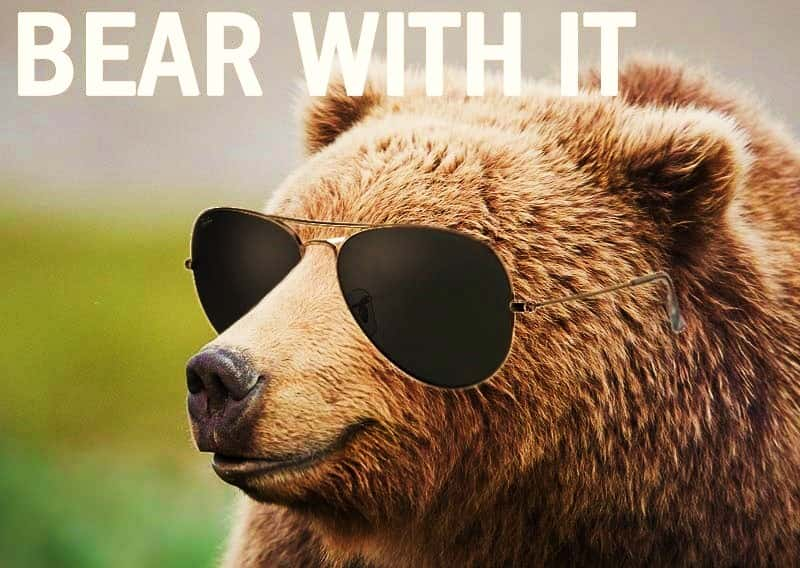 Forum Worldofwarships
Forum Worldofwarships
2. Balancing Films
One side effect of filming Schindler’s List was that Spielberg was so depressed with the subject material that he found himself struggling to finish overseeing the post-production of Jurassic Park. Spielberg later reflected that it was one of the hardest times of his life as a filmmaker.
1. We Need a Laugh
Spielberg wasn’t the only one who was emotionally drained while making Schindler’s List, so he had to find a way to cheer up the cast and crew in between shooting the bleak film. His solution was to call Robin Williams (who we assume was on speed-dial) and ask him to tell some jokes. Williams was actually in the middle of recording the voice of the Genie for Disney’s Aladdin at the time, so he actually tried out some jokes and material during these phone calls to see if they landed. Given what we now know about Williams’ own battles with depression, it’s a rather touching thought that he took so much time to help others out with his comedy.
Sources: 1, 2, 3, 4, 5, 6, 7, 8, 9, 10, 11, 12, 13, 14, 15, 16, 17, 18, 19, 20, 21, 22, 23, 24, 25, 26, 27, 28, 29, 30, 31, 32, 33, 34, 35, 36, 37, 38, 39, 40, 41


